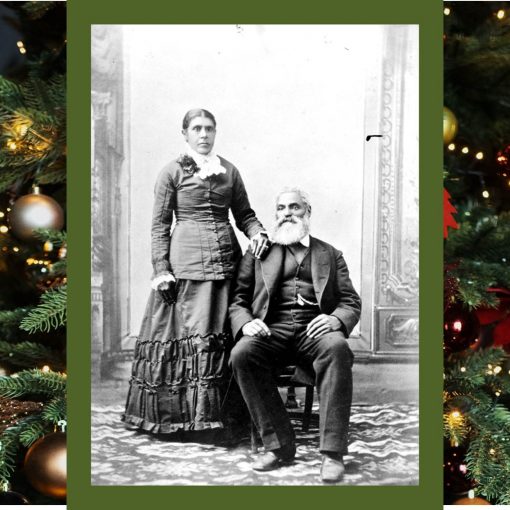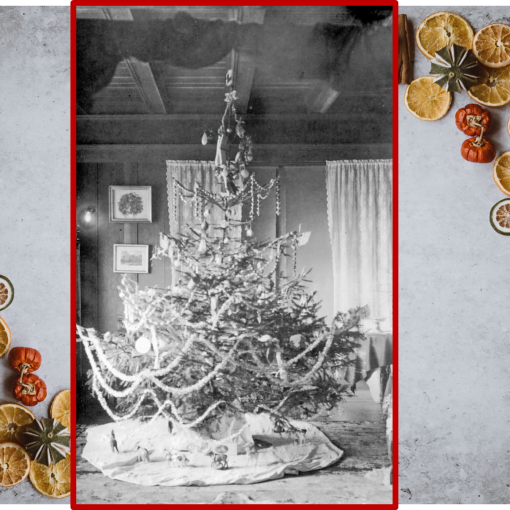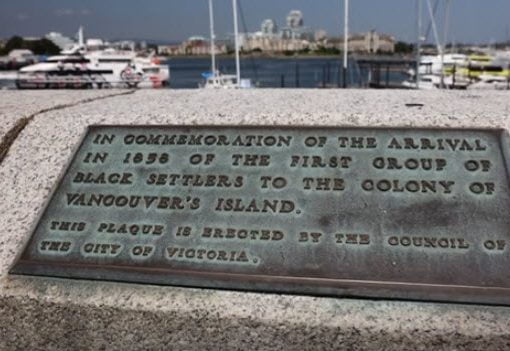The arrival of the Black Pioneers to B.C. in 1858 was designated as a National Historic Event by the Government of Canada on September 22, 1997. This plaque was commissioned by the Historic Sites and Monuments Board and was unveiled on February 20, 2000 at the Shady Creek United Church located at 7180 East Saanich Road.

The plaque states: In 1858 nearly 800 free Blacks left the oppressive racial conditions of San Francisco for a new life on Vancouver Island. Governor James Douglas had invited them here as promising settlers. Though still faced with intense discrimination, these pioneers enriched the political, religious and economic life of the colony. For example, Mifflin Gibbs became a prominent politician; Charles and Nancy Alexander initiated the Shady Creek Methodist Church; John Deas established a salmon cannery; and the group formed one of the earliest colonial militia units, the Victoria Pioneer Rifle Corp.
Gibbs, in his 1902 autobiography writes “Three or four hundred coloured men from California and other states, with their families, settled in Victoria drawn thither by the two-fold inducement – gold discovery and the assurance of enjoying impartially the benefits of constitutional liberty. They built or bought homes or other property; and by industry and character vastly improved their condition and were the recipients of respect and esteem from the community”.
Their collective story begins in San Francisco with the formation of the Pioneer Committee, a group of 35 Blacks that sailed into Victoria Harbour on April 25th,1858 to meet with Governor James Douglas.
- And you can explore their individual stories and as “first” politicians, teachers, lawyers, and dentists; their endeavours stabilized and enriched those early communities. Their descendants and incomers of African and Caribbean heritage continue to make important and remarkable achievements in all aspects of our society.
- We've created a BC Black History Timeline that spans 190 years of events that affected Black settlement and the experiences of Black people in BC, as well as some significant events in Canada, the United States and globally.
Explore our online BC Black History Timeline
Purchase the 52-page illustrated publication
Migration of Blacks to Canada
There has been an ongoing migration of Blacks to Canada via Africa, the Caribbean, Europe and the United States since the 17th century as enslaved and as free persons.
The first recorded Black person to arrive in Canada was an African named Mathieu de Coste who arrived in 1608 to serve as an interpreter of the Mi'kmaq language for the governor of Acadia in what is now Nova Scotia.
In 1793 the Upper Canada legislature passed an act that sought gradual abolition of slavery and any enslaved person arriving in the province was automatically declared free. This sparked a wave of migration, primarily from the American eastern and southern states. This was a catalyst for the Underground Railroad which operated until 1865 bringing an estimated 30,000 freedom seekers to Canada.
Explore the Timeline for Black History in Canada





